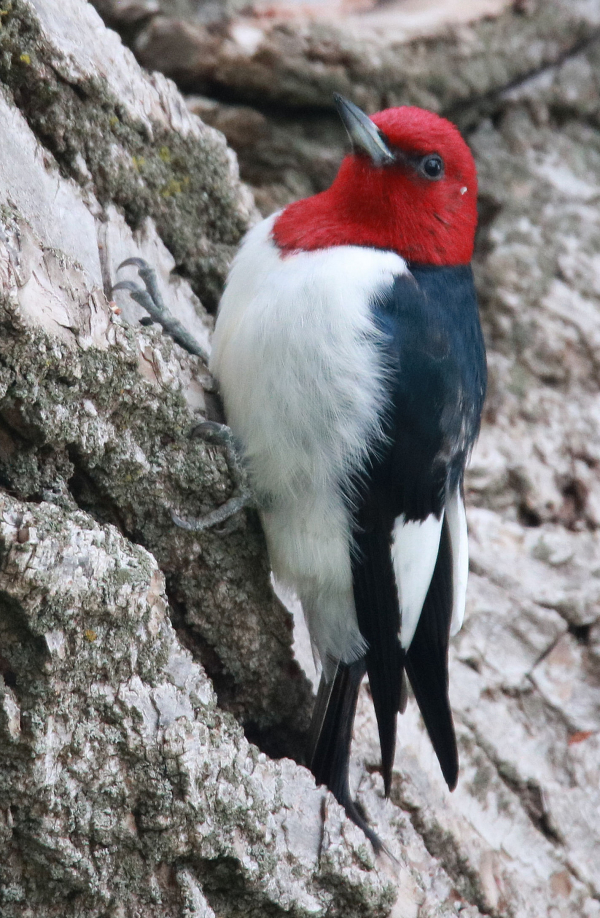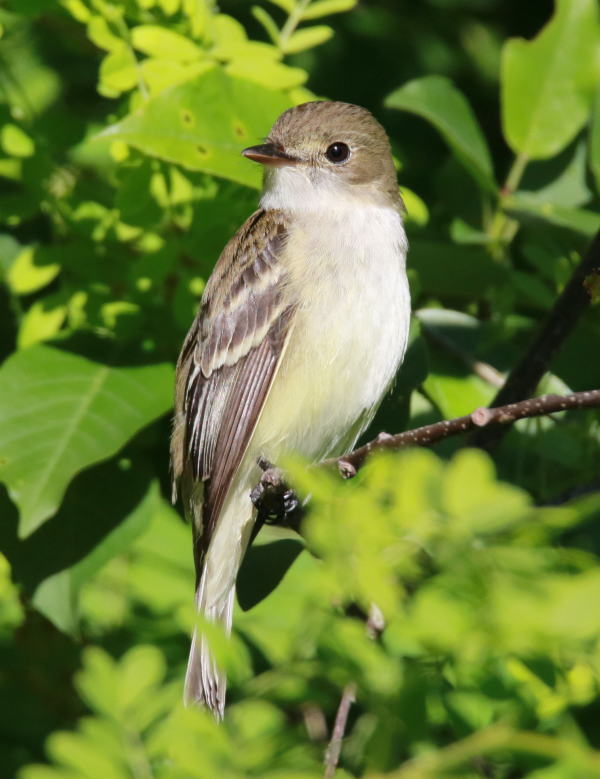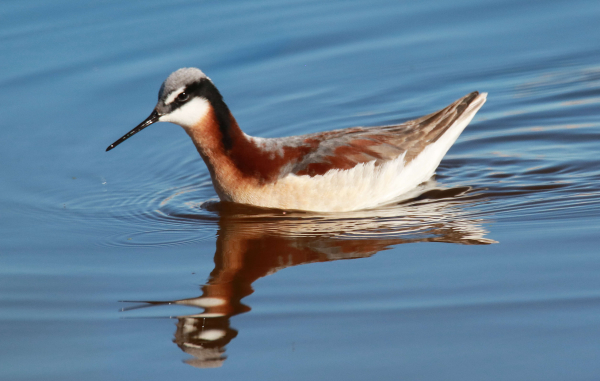 New Red-headed Woodpecker sightings have graced the week, in addition to late migrants.
 Among the first migrants to arrive at the Grove, and the last to leave, a few Least Flycatchers may even nest among the trees and the tangles.  Wilson
|
 New Red-headed Woodpecker sightings have graced the week, in addition to late migrants.
 Among the first migrants to arrive at the Grove, and the last to leave, a few Least Flycatchers may even nest among the trees and the tangles.  Wilson
|